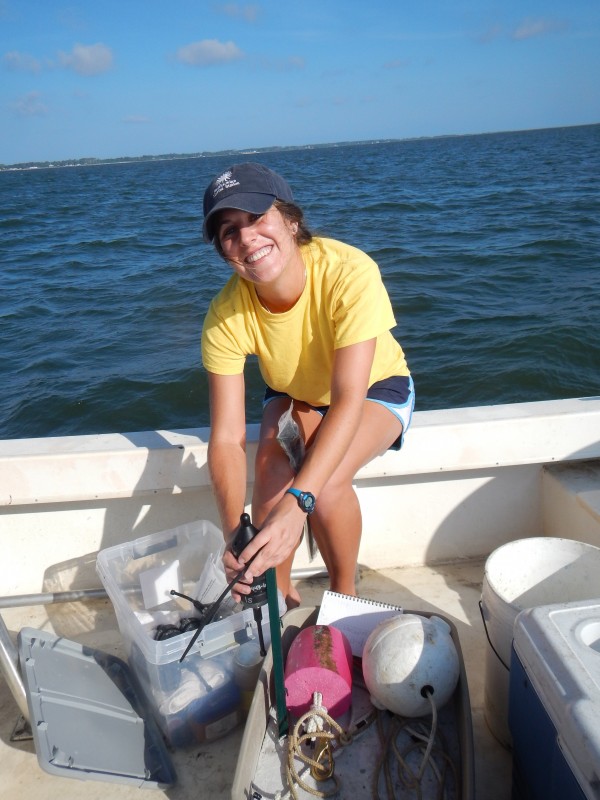Soundscape Complexity and Temporal Patterns on Structurally Diverse Oyster Reefs
Project Overview
The relationship between habitat complexity, biodiversity, and the associated soundscape has been thoroughly evaluated in terrestrial systems; however, we know very little about this relationship in the marine environment. This research aims to explore the relationship between habitat complexity, biodiversity, and the soundscape of oyster reef habitats to ultimately inform development of marine soundscape metrics. This research also seeks to evaluate long term temporal patterns in soundscape development on newly planted oyster cultch reefs.

Research Questions
- Does soundscape complexity reflect habitat quality and community diversity?
- Do oyster reef soundscapes vary seasonally, and if so what do these patterns look like and why?
- Can we use existing soundscape metrics to measure acoustic complexity as a function of habitat and biological diversity in marine systems?
Study Systems
- Pamlico Sound, North Carolina
- Harris Creek, tributary to Chesapeake Bay, Maryland
Oyster reefs provide an ideal study system because they not only provide essential fish habitat, but are also recreationally and commercially harvested. As a result, the complexity of the reef habitat and the composition of the associated biological community are constantly changing. These dynamic communities present a temporally and spatially diverse array of soundscapes for us to evaluate.